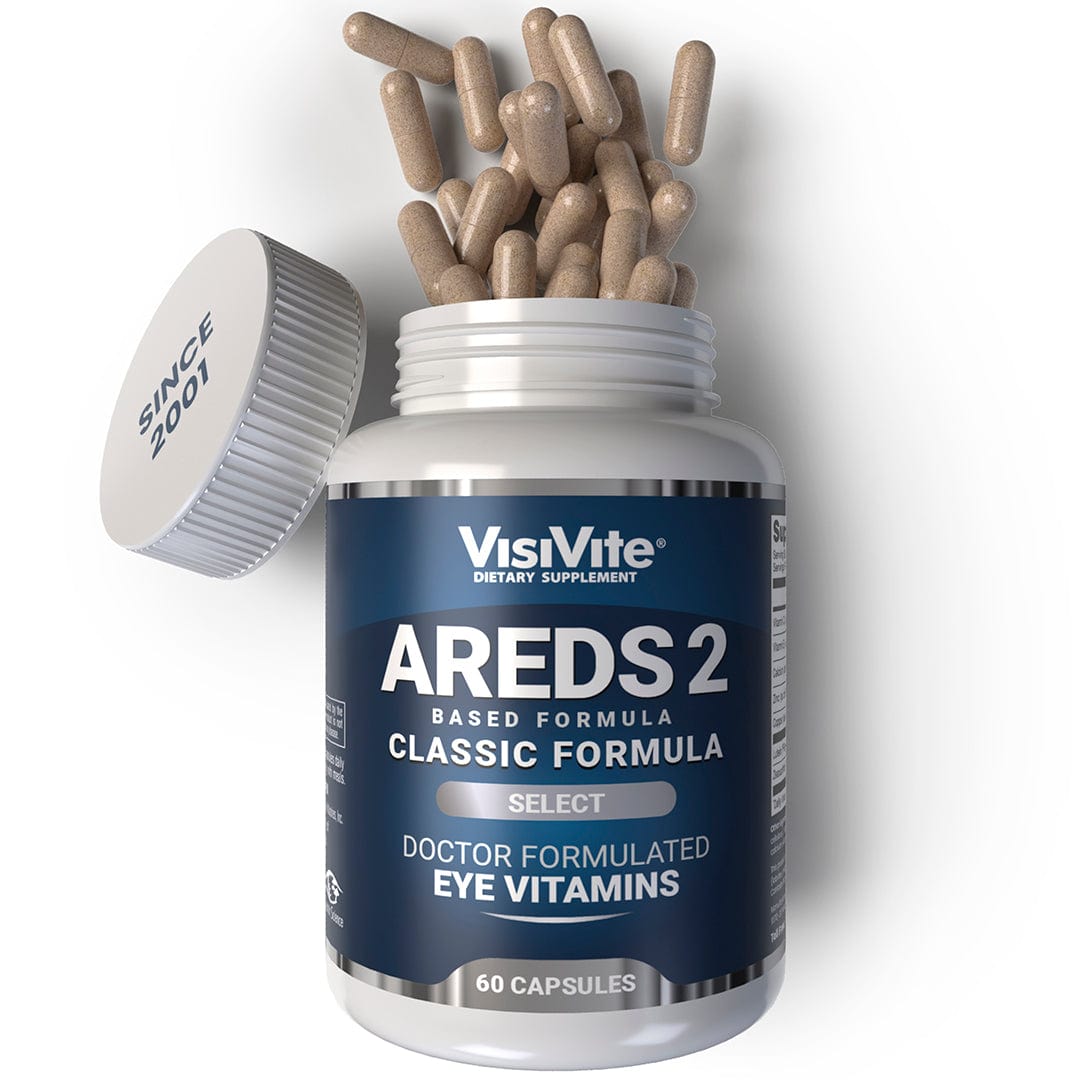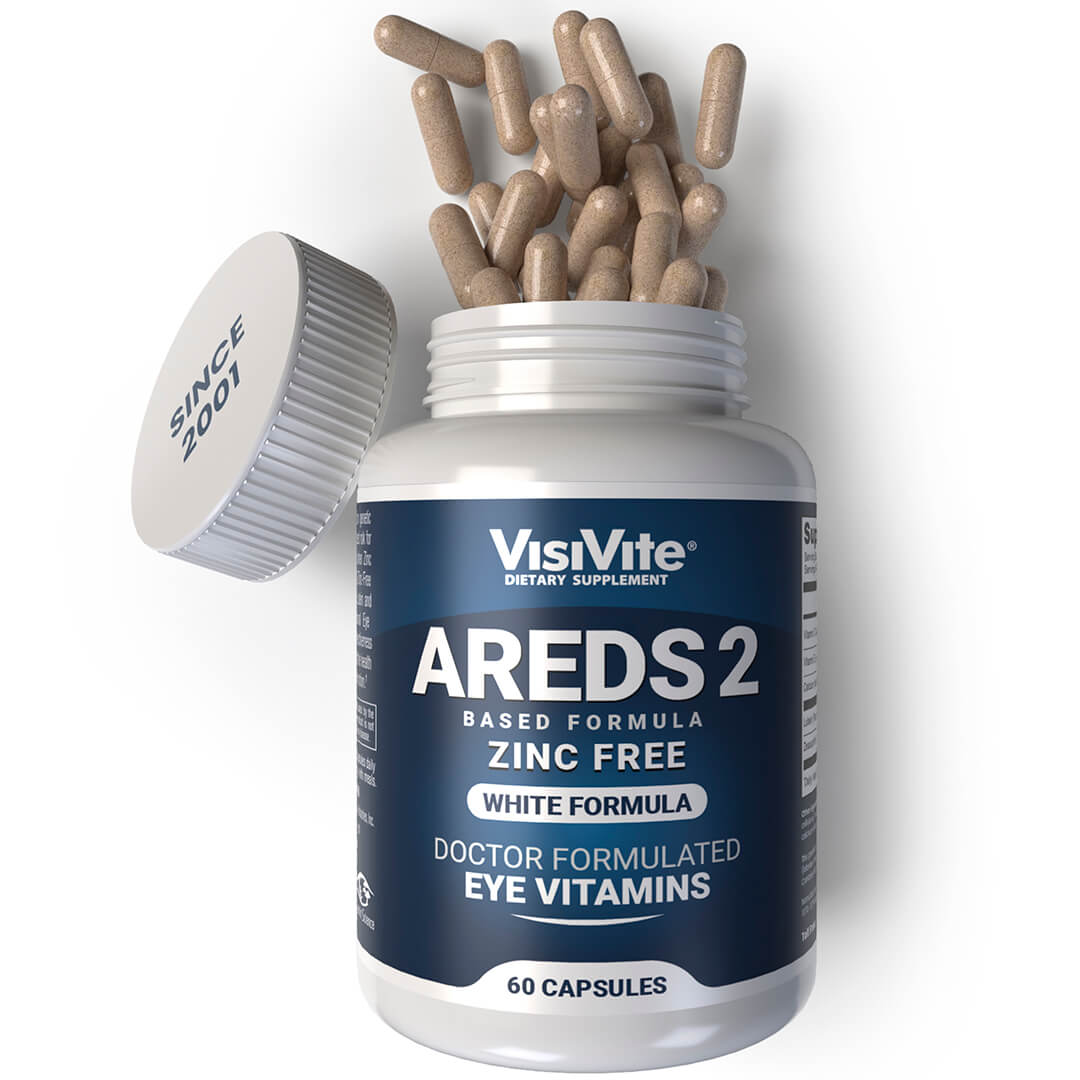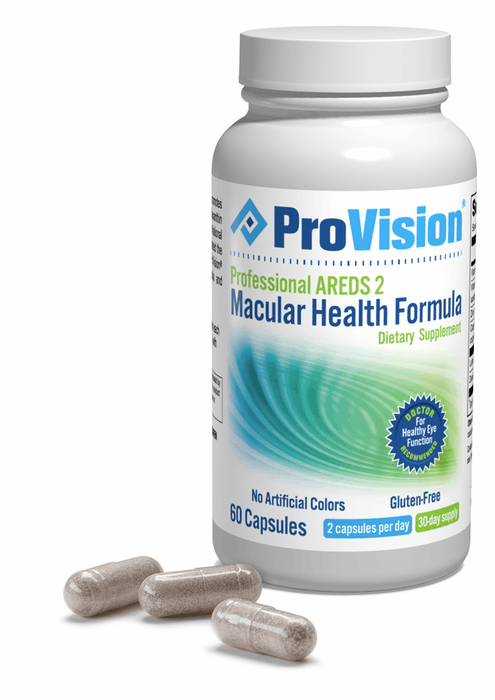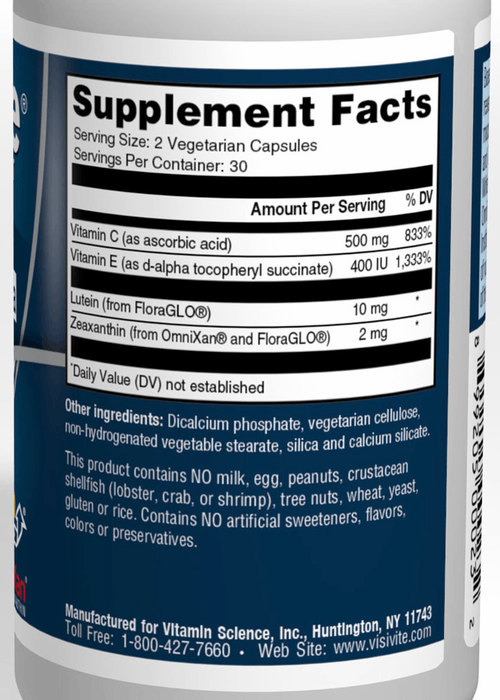Age-related macular degeneration (AMD) affects almost 20 million Americans and the pathogenesis of the disease has been linked to dysregulation of lipid metabolism.
Researchers from the University of California - San Diego have pinpointed a U-shaped association between HDL levels and AMD risk, with lower rates of AMD in the middle range of HDL levels and the greatest rates of AMD being found in lower and higher ranges.
A recent study published in Ophthalmology evaluated clinical and genetic data to determine the influence of lipid metabolism on AMD risk by examining data from from the National Institutes of Health.
A cross-sectional, retrospective analysis of 7,356 participants was conducted. The health data of the participants included smoking history, hyperlipidemia history and statin use. LDL and HDL and triglycerides were analyzed as well.
The analysis revealed that both low and high HDL levels were notably linked to a higher AMD risk but no link was found with LDL levels and triglyceride levels. A higher risk of AMD was also seen with smoking and statin use.














